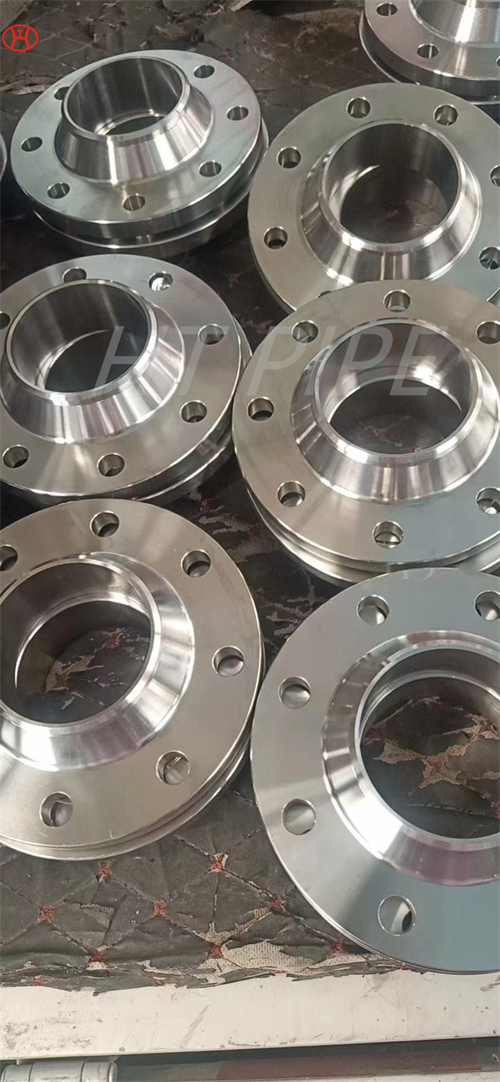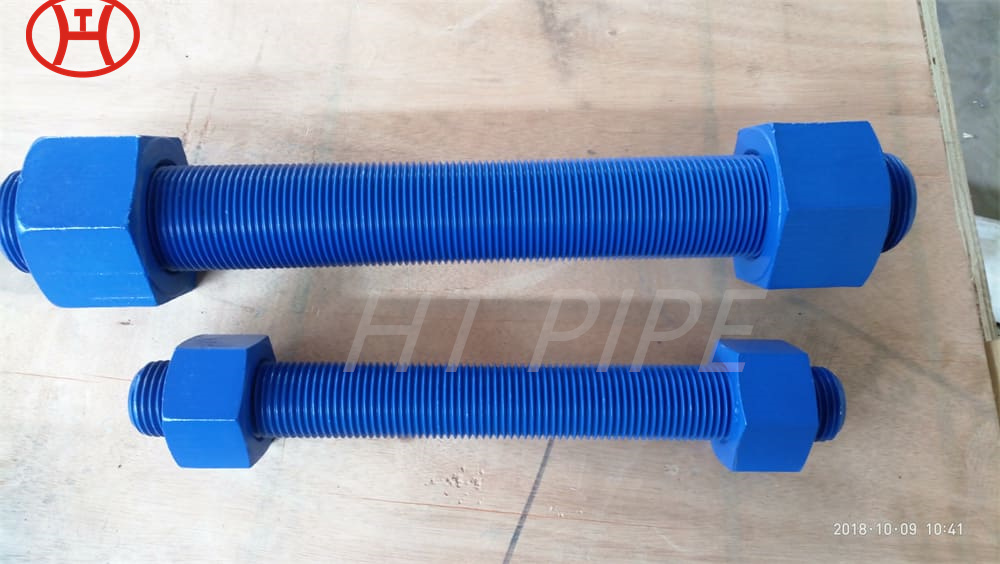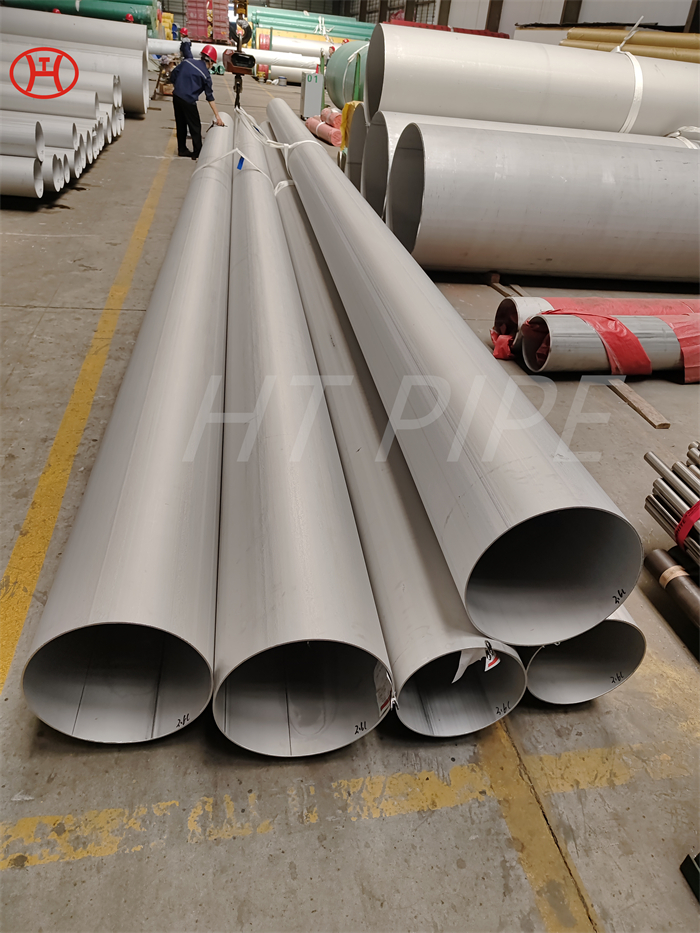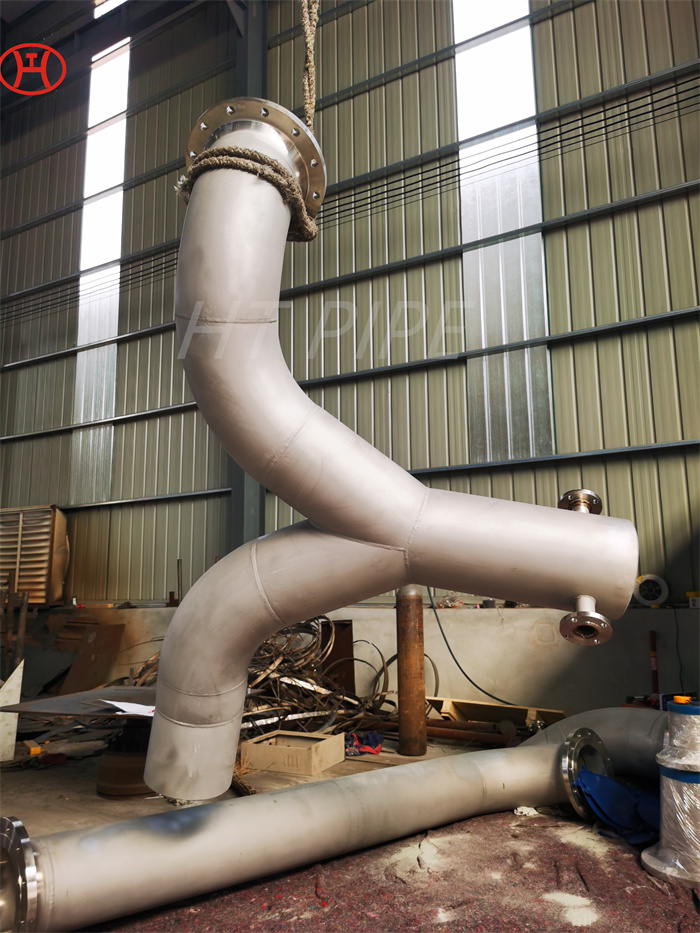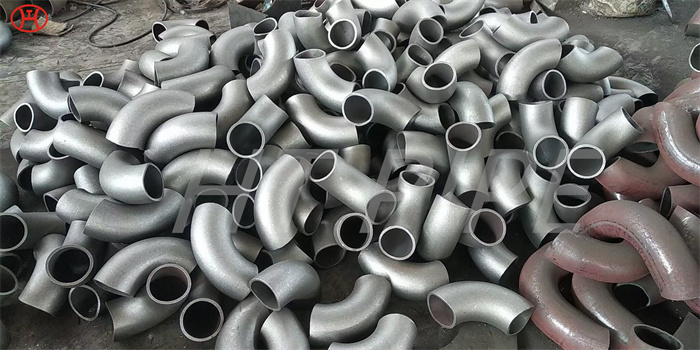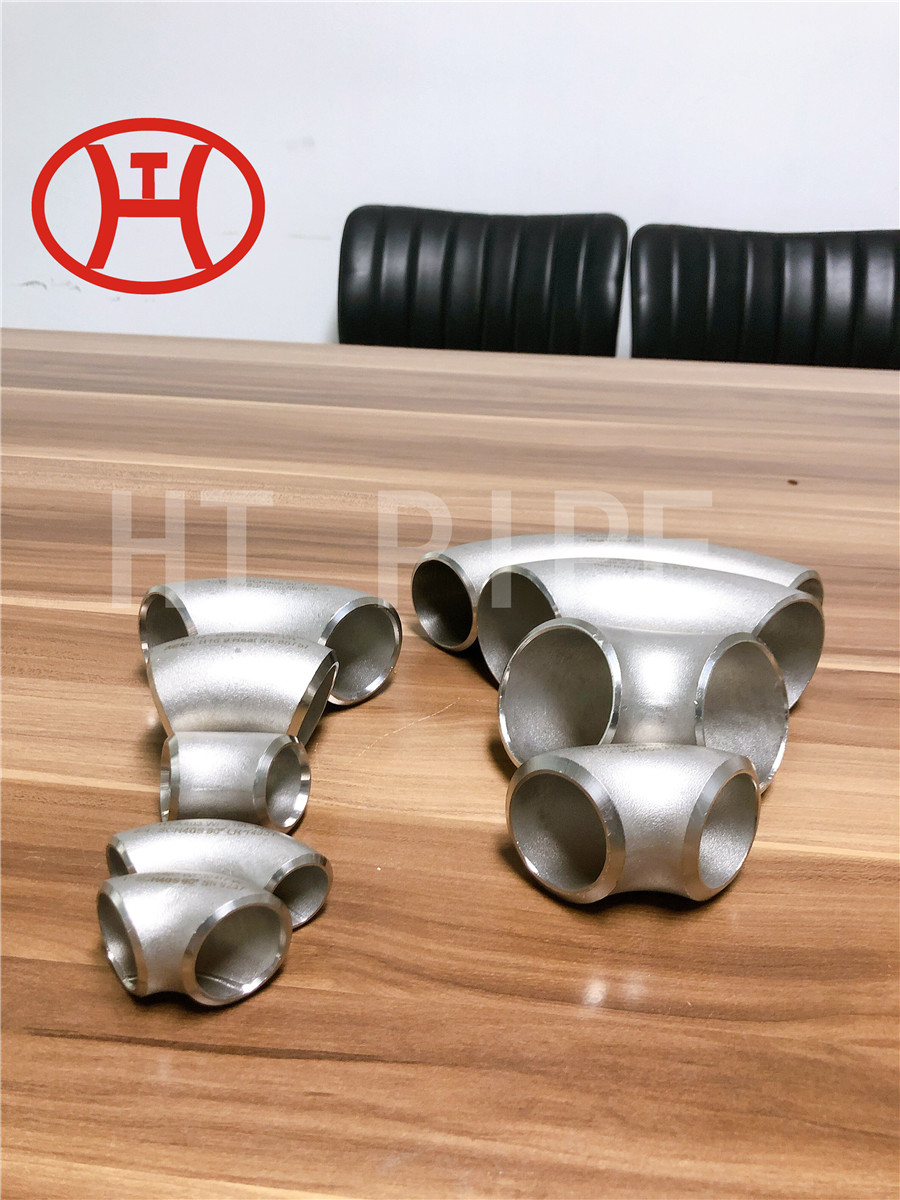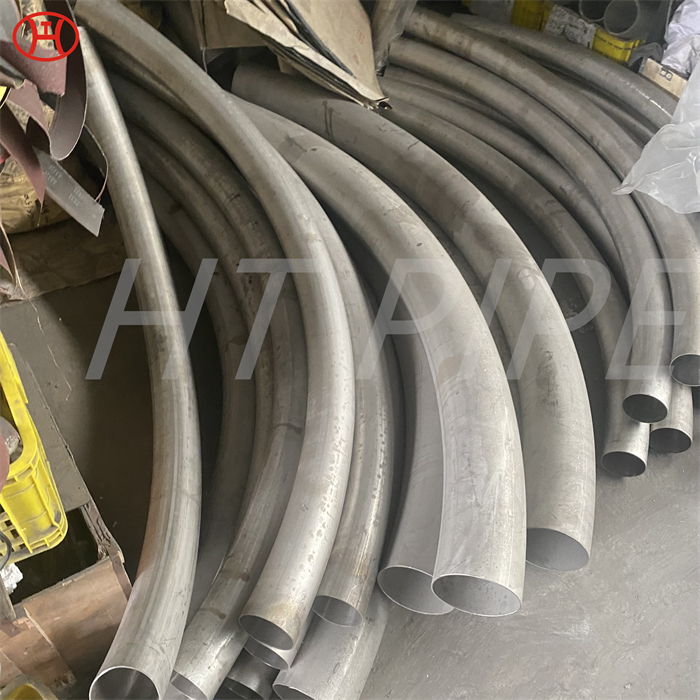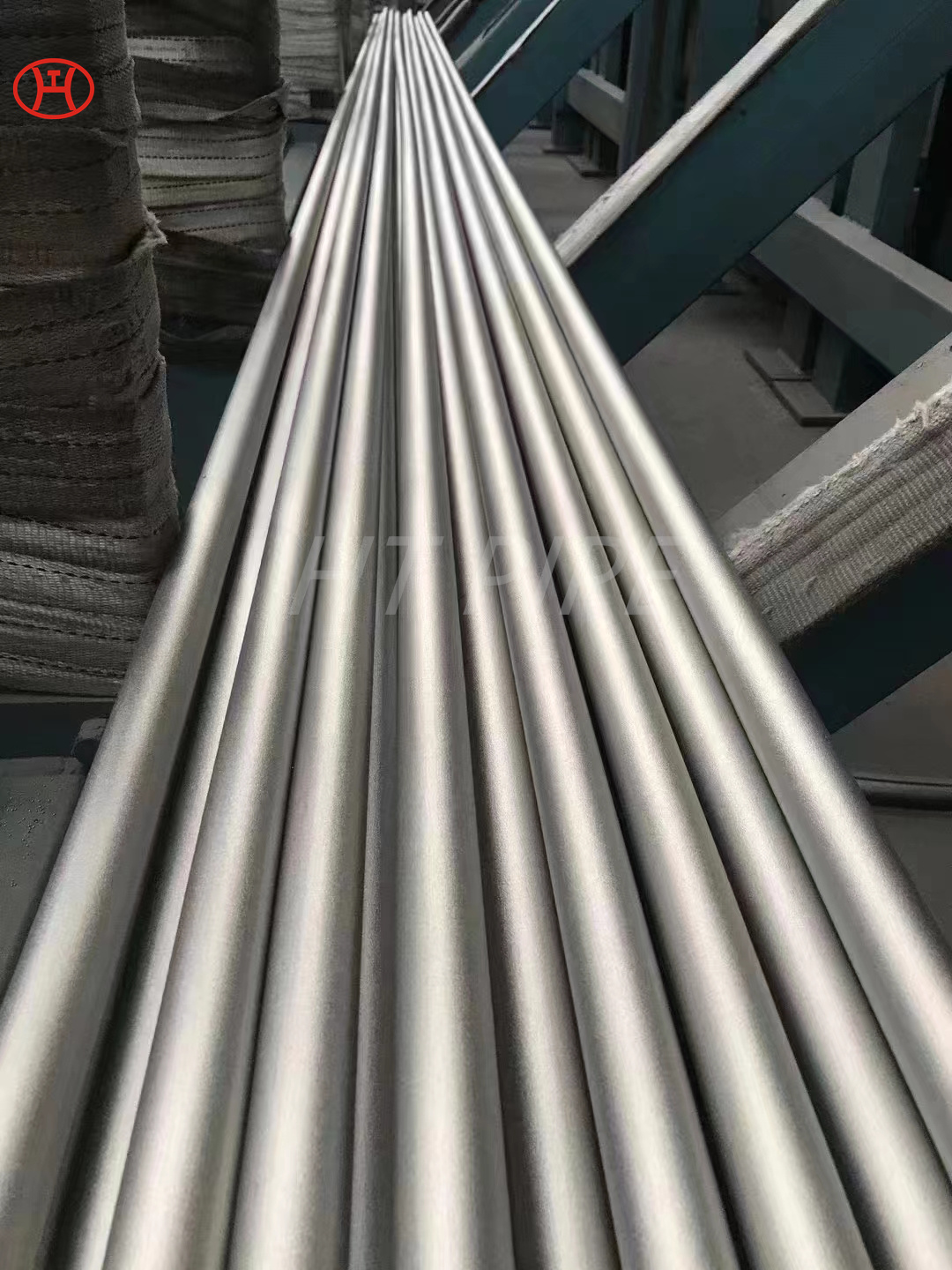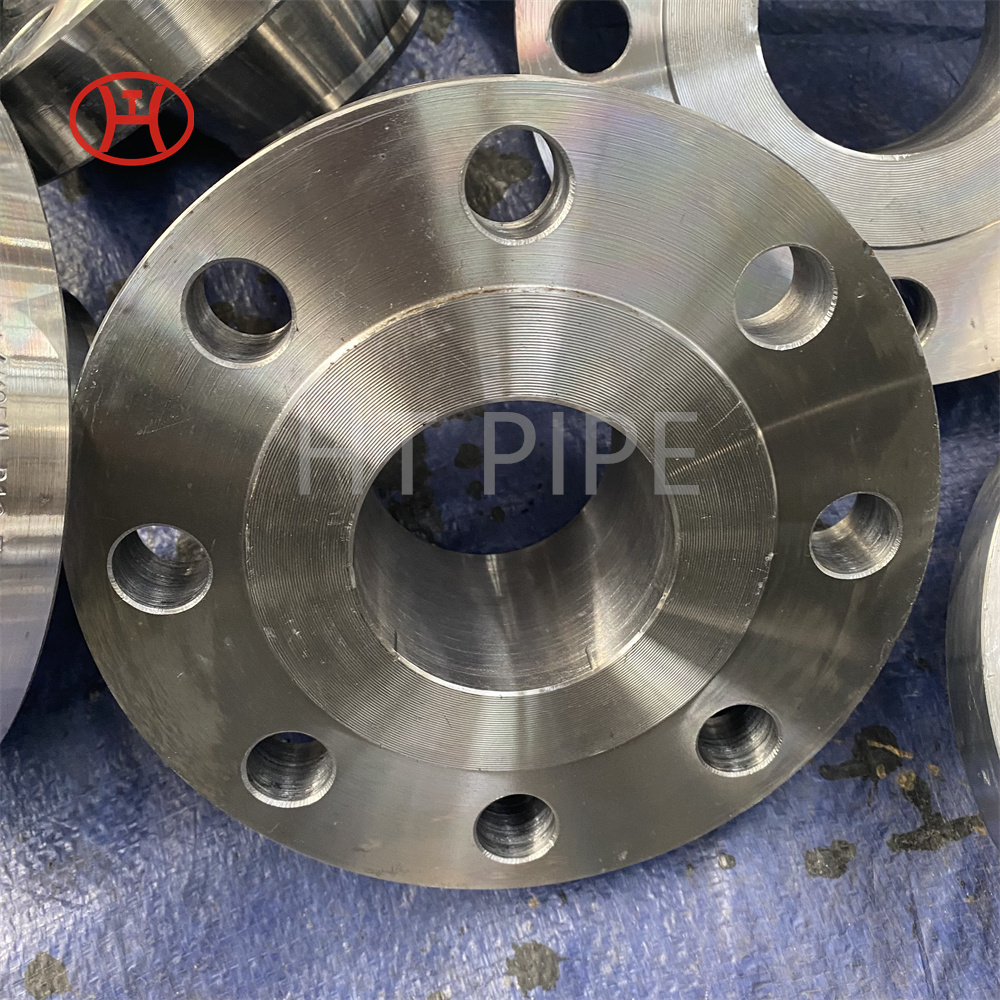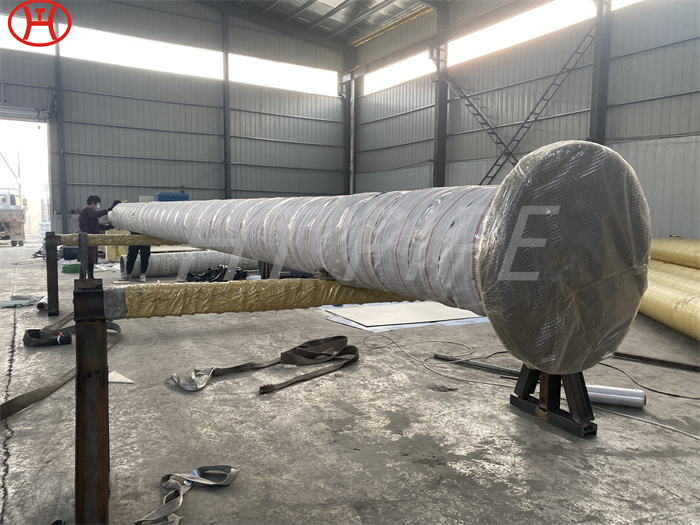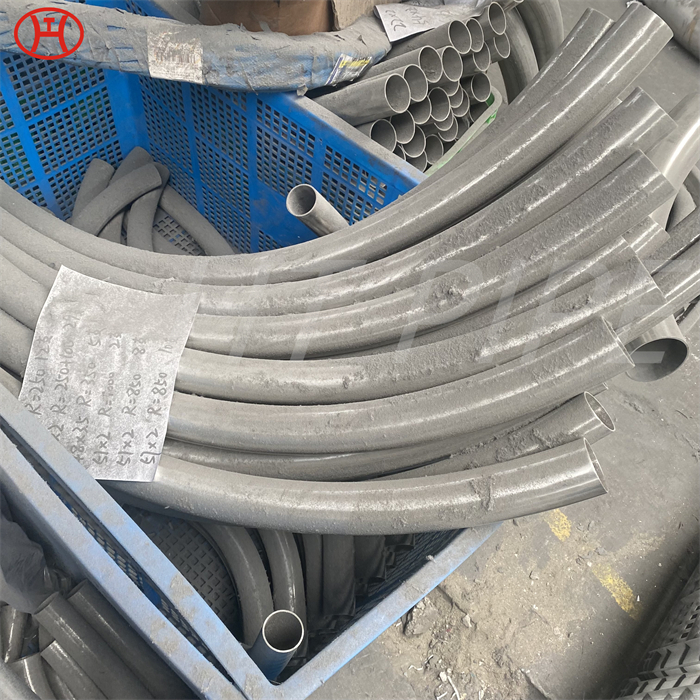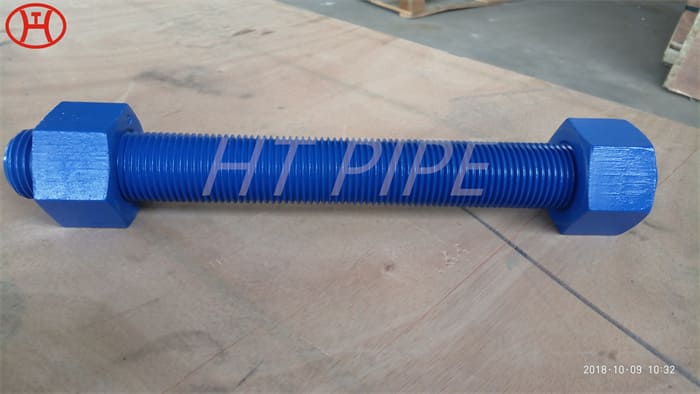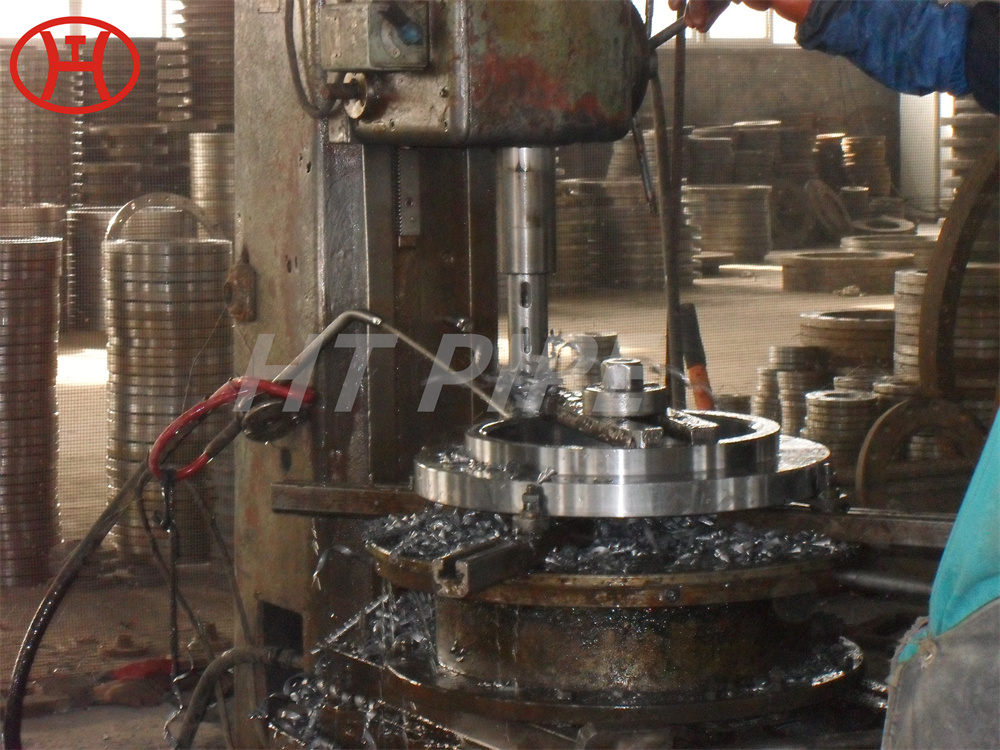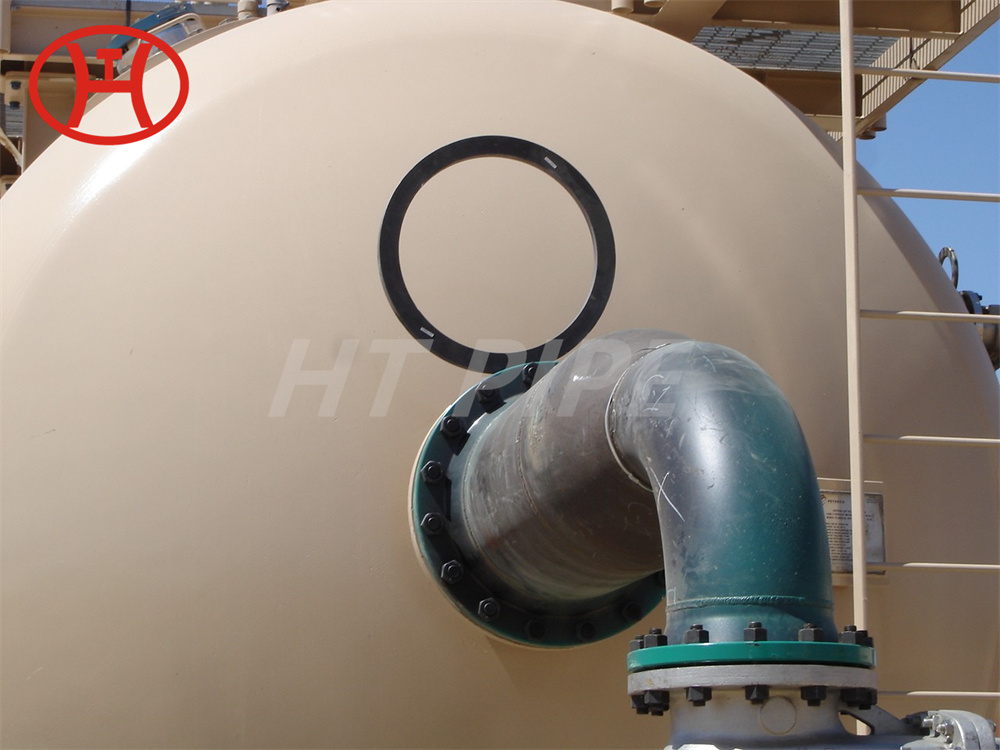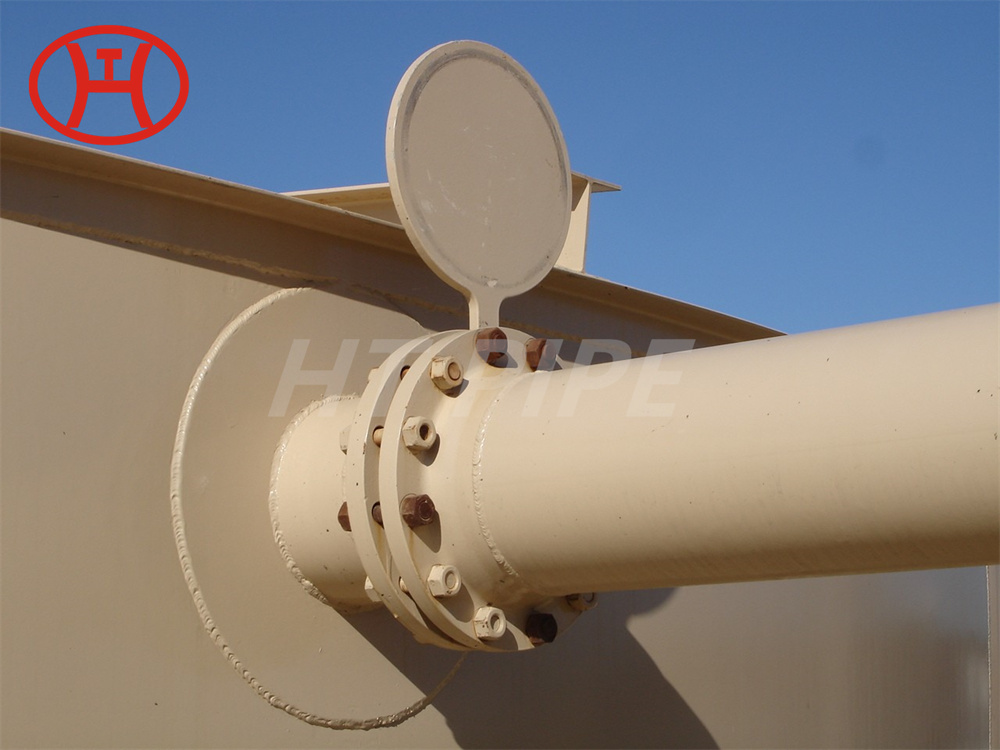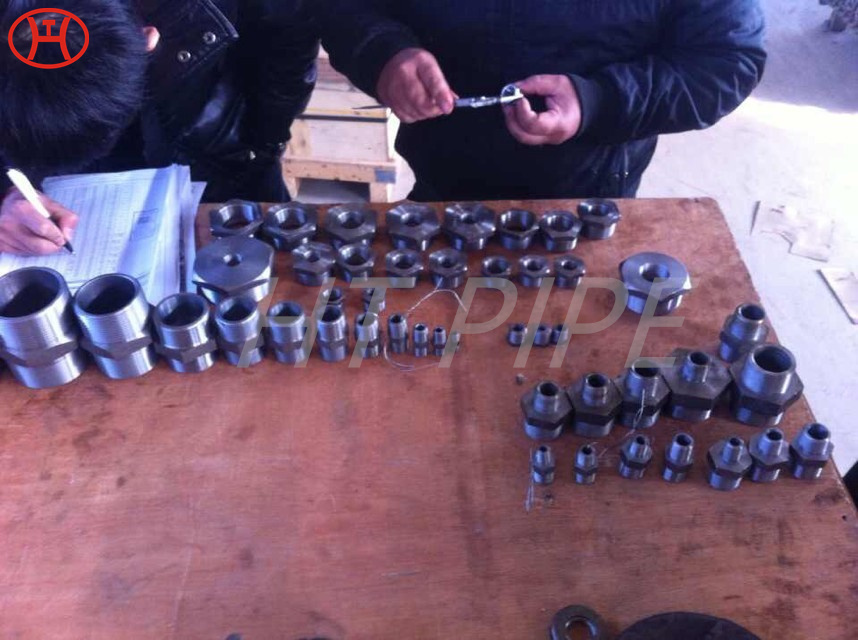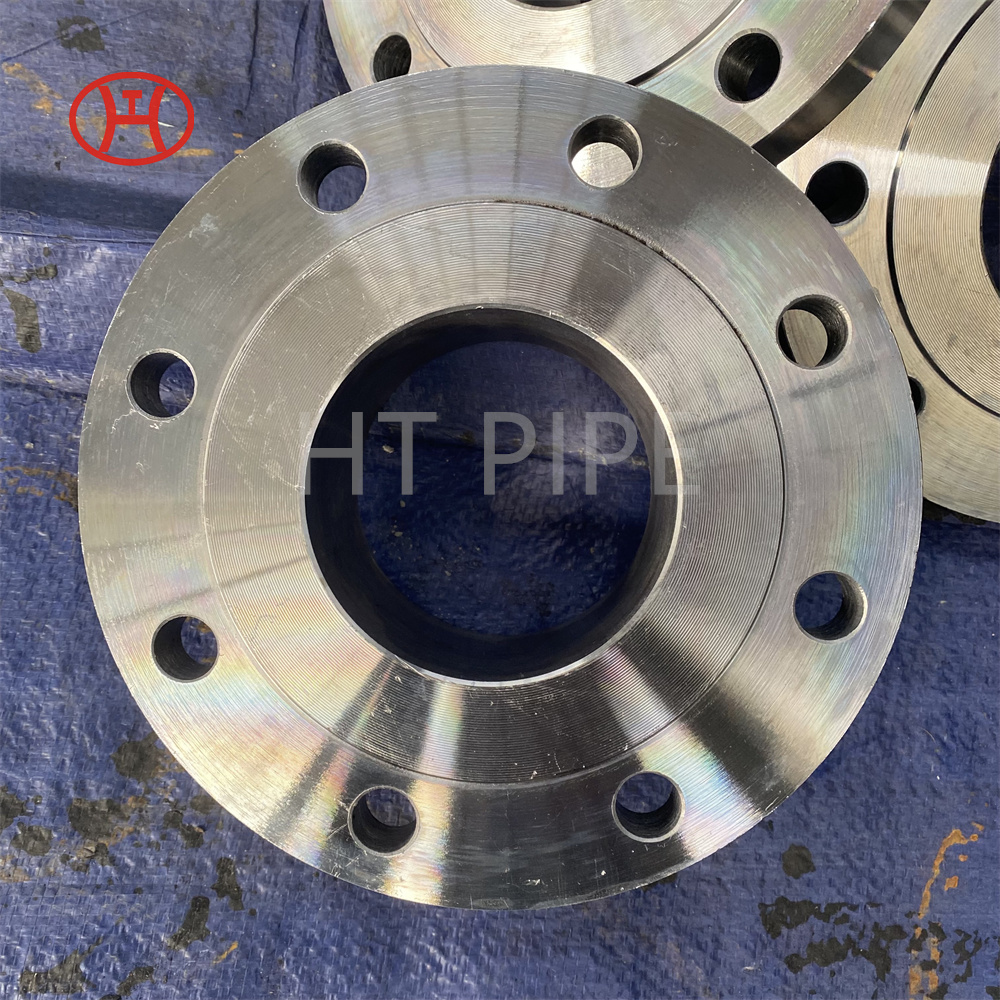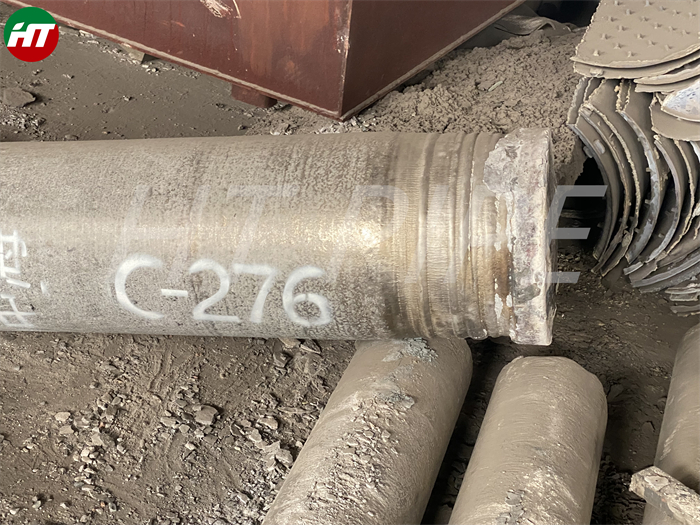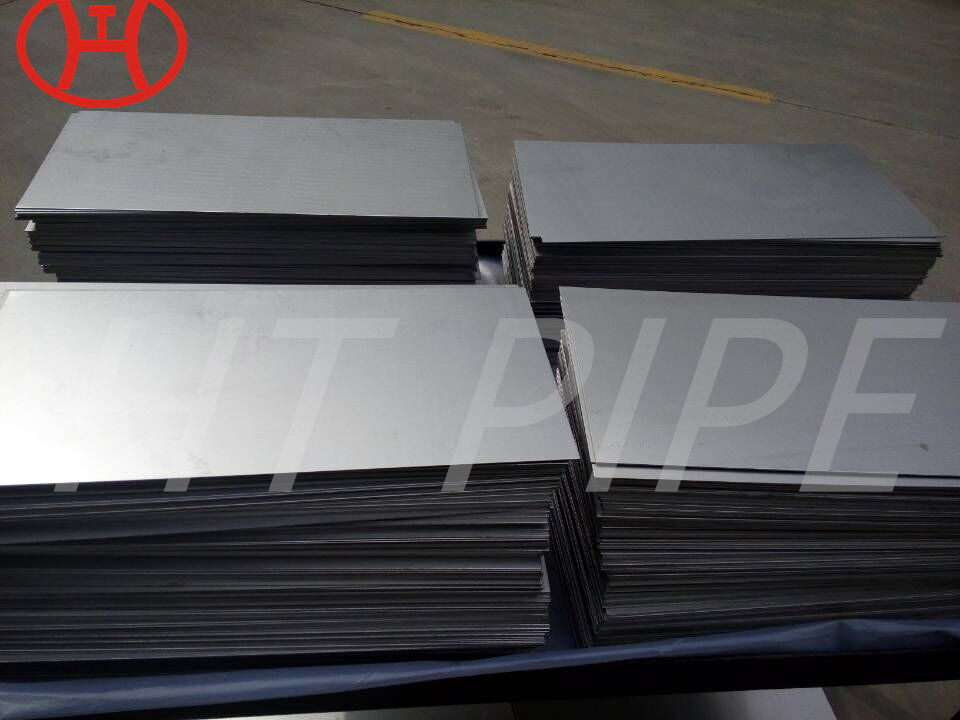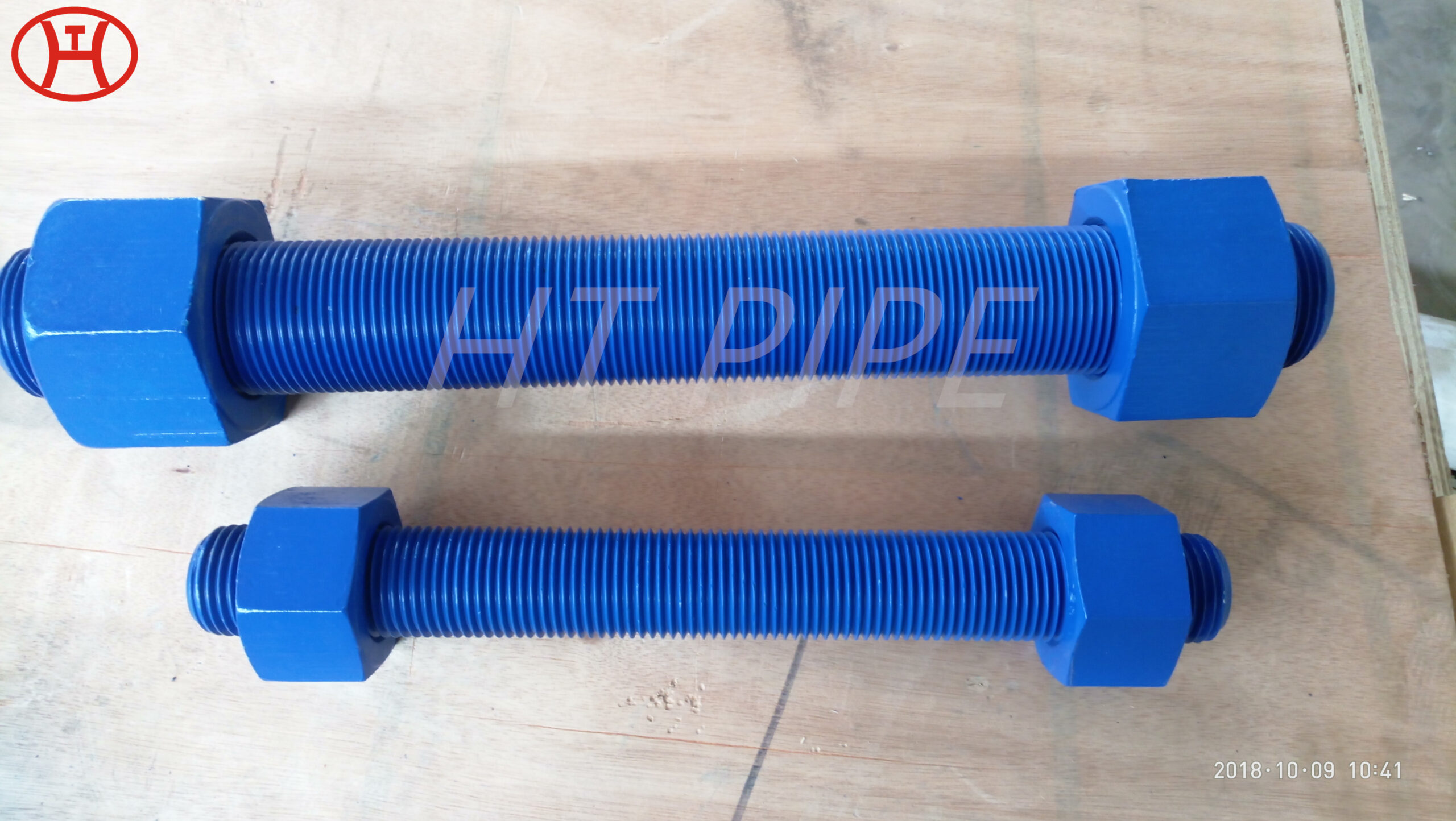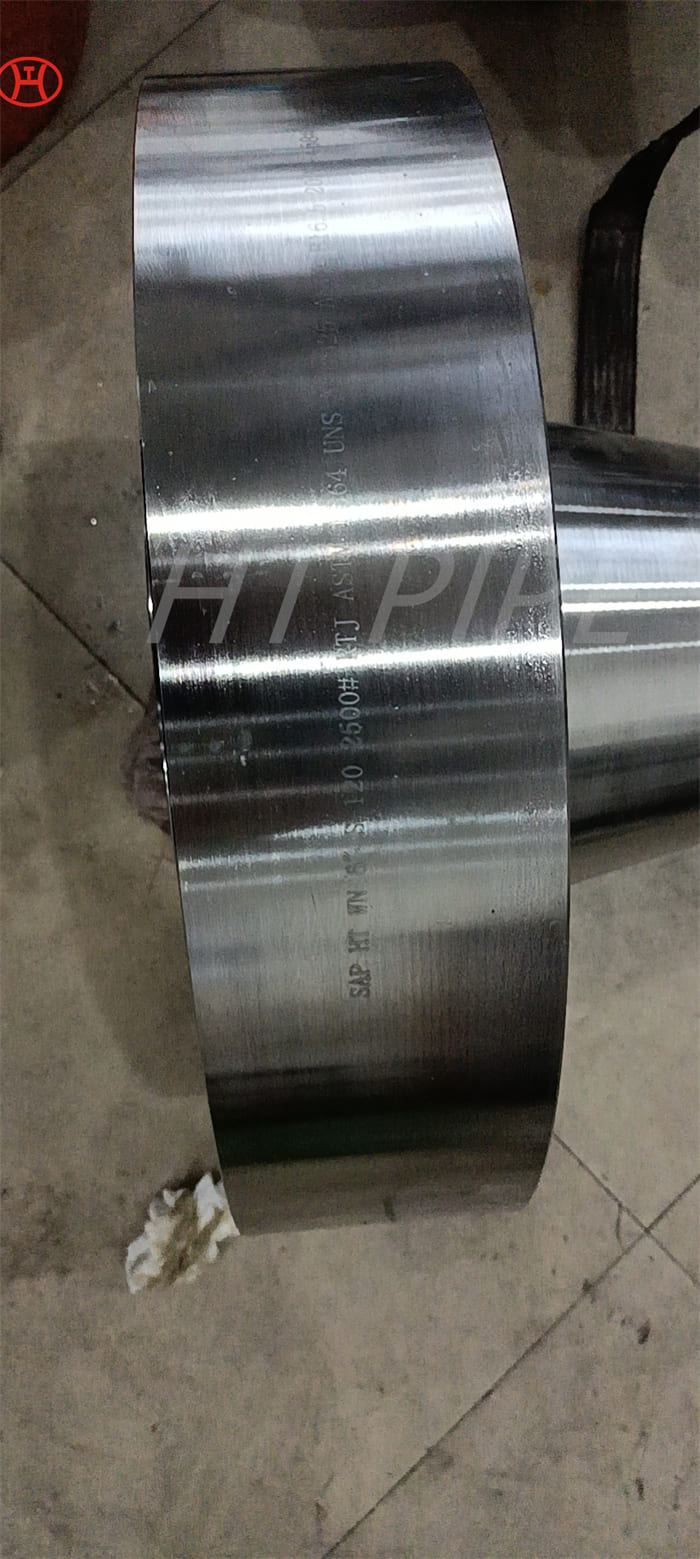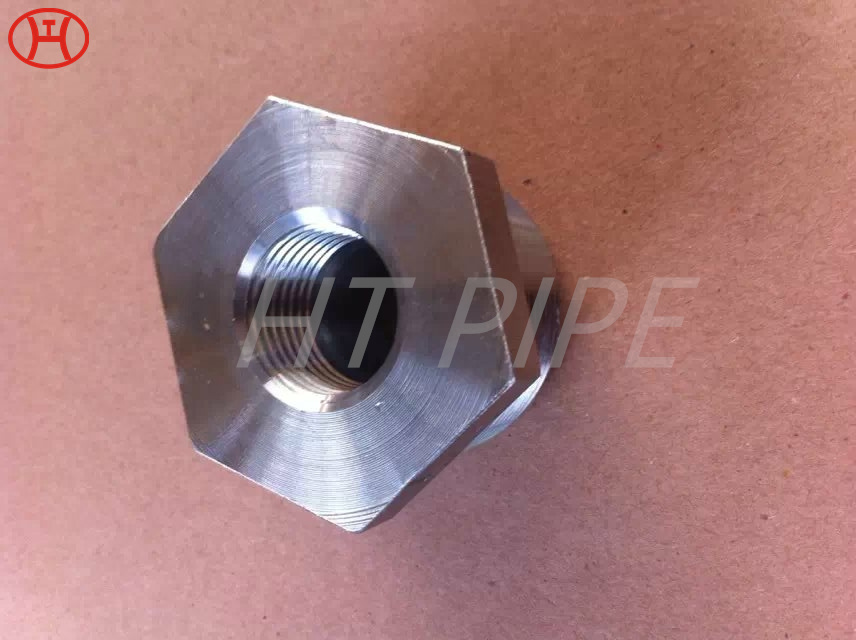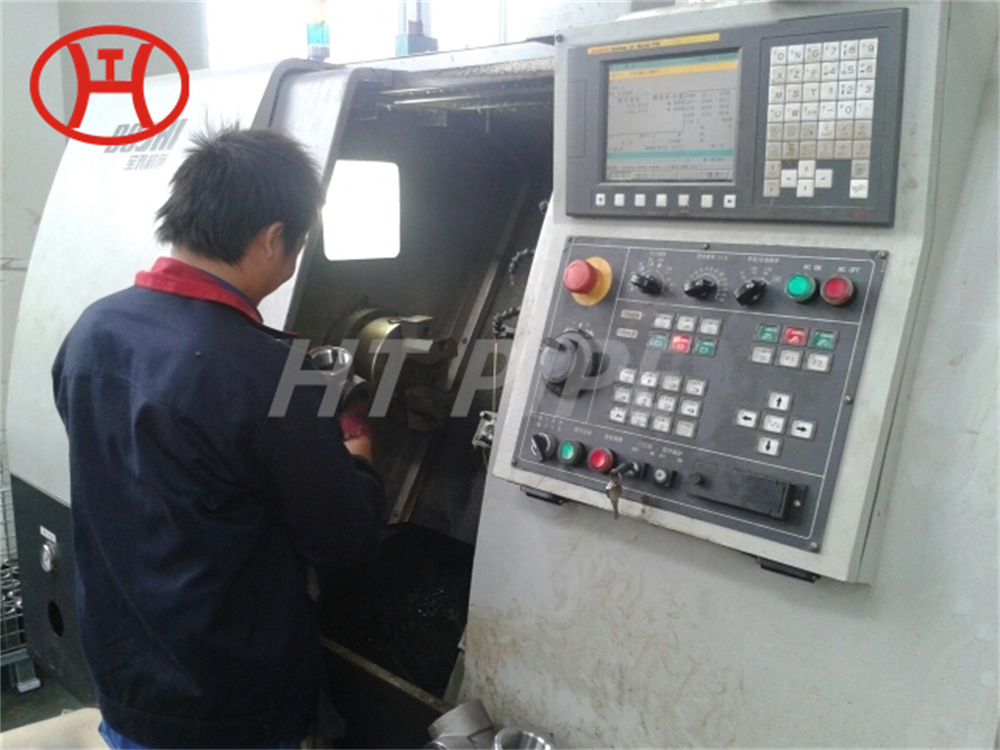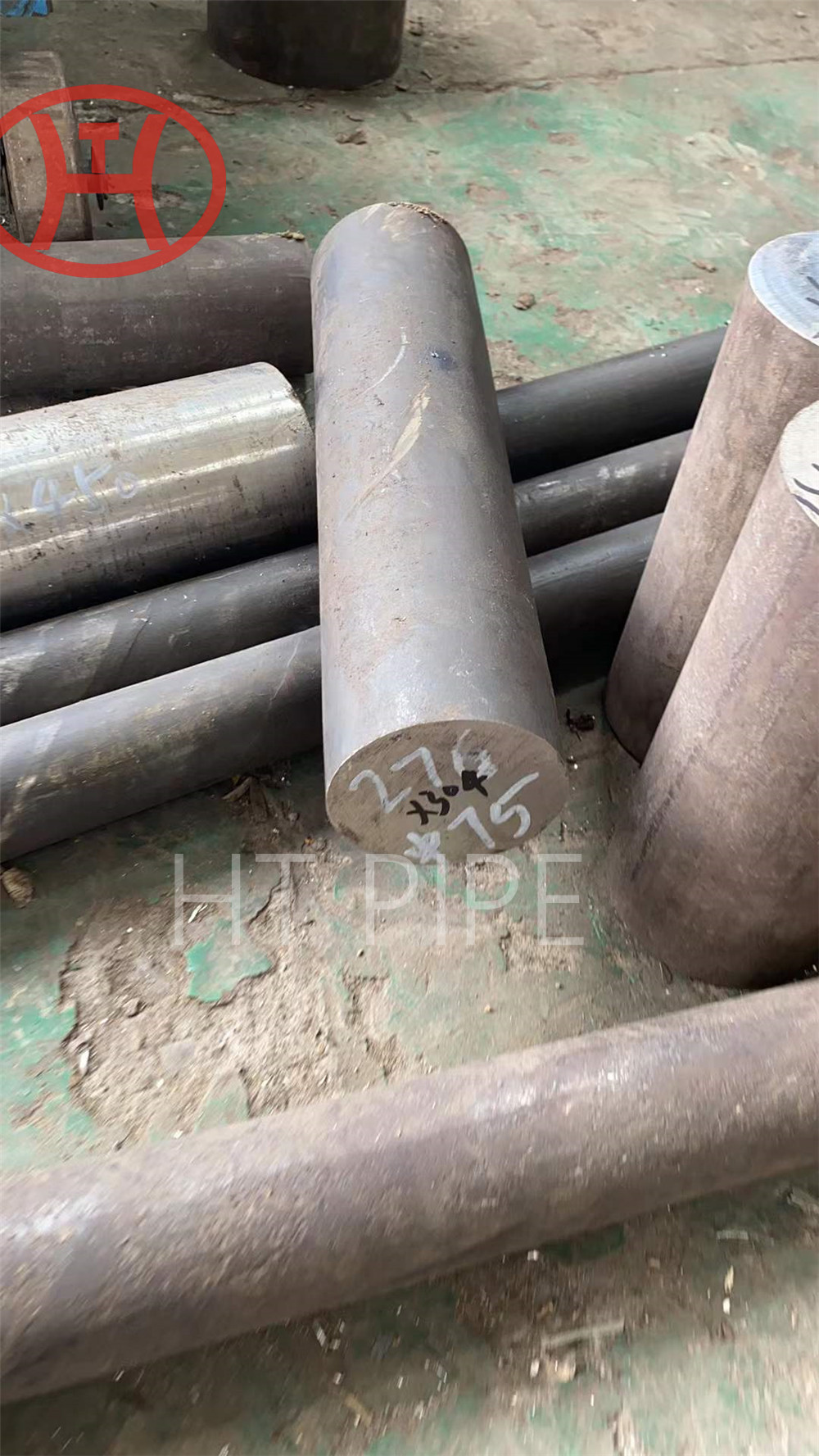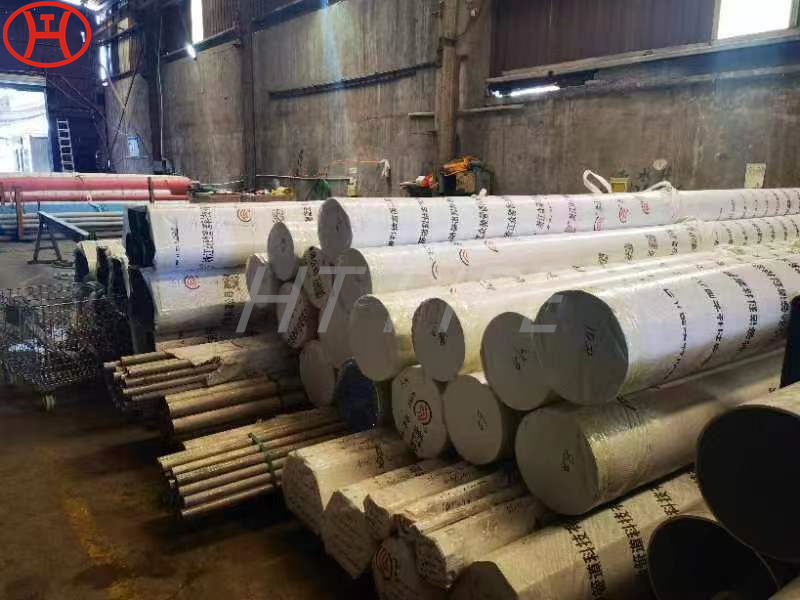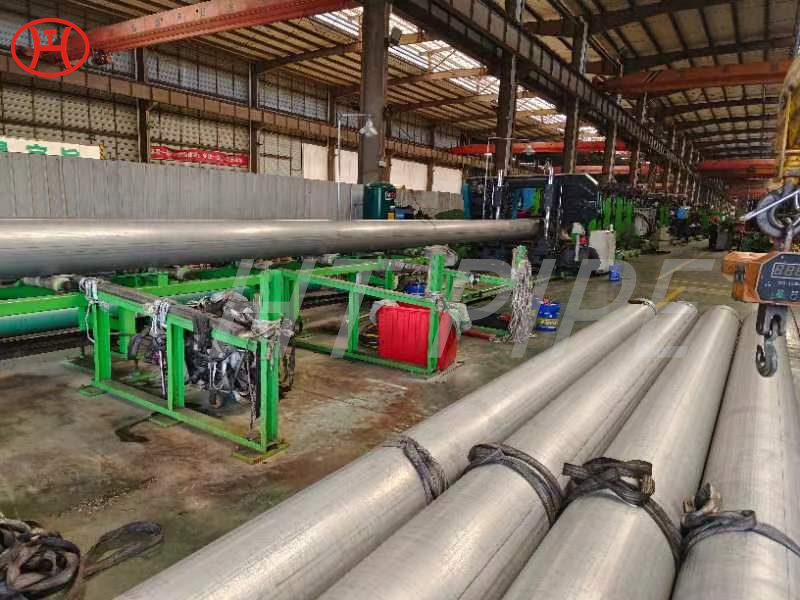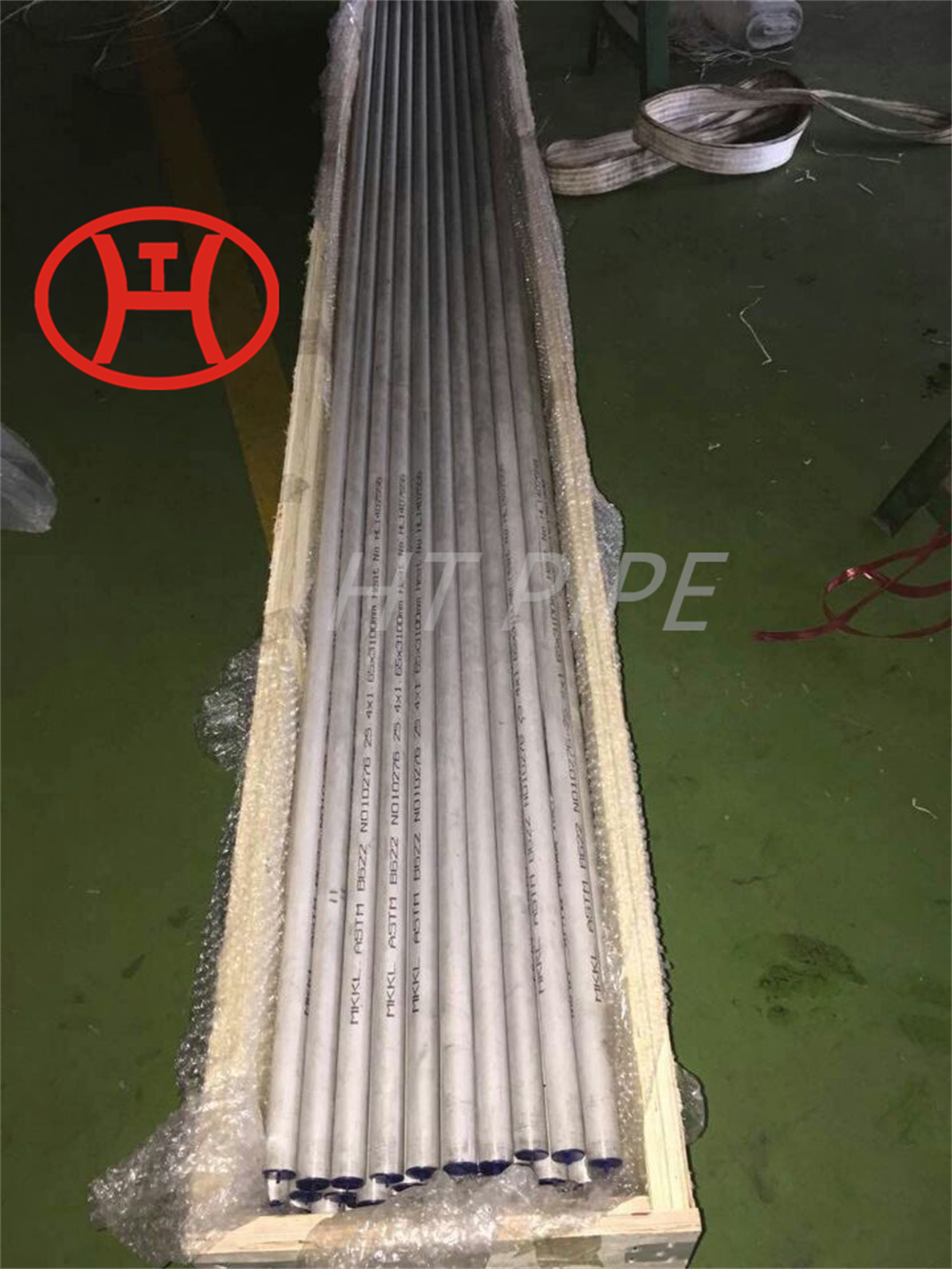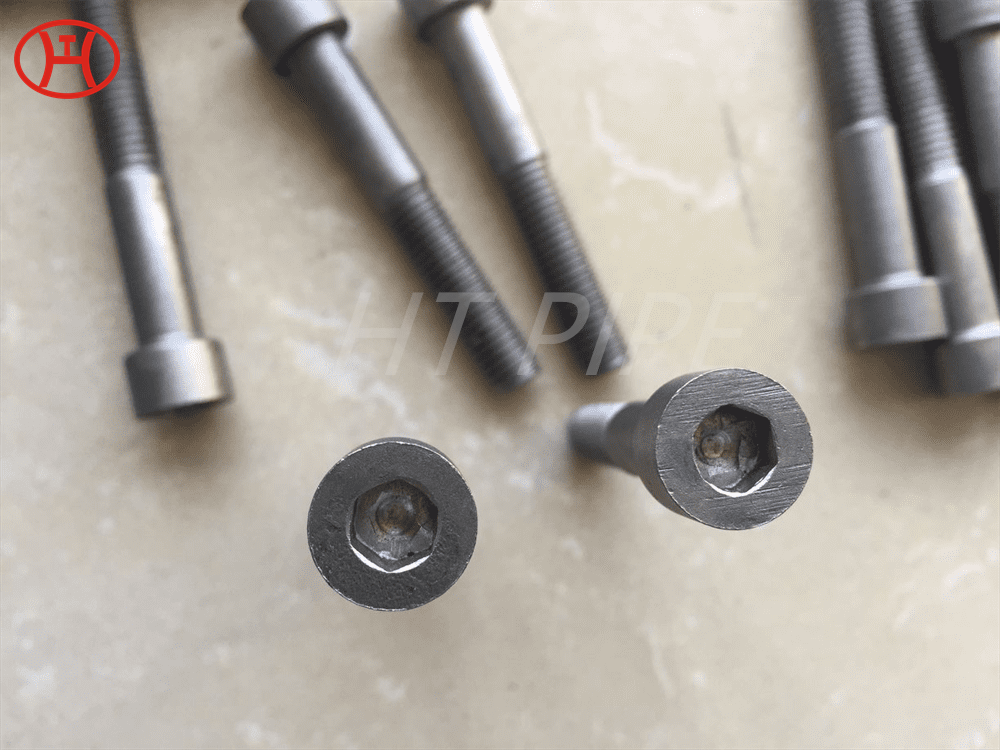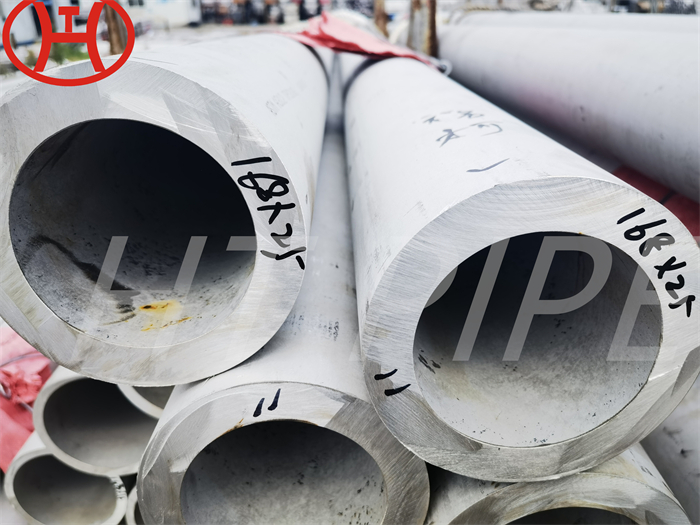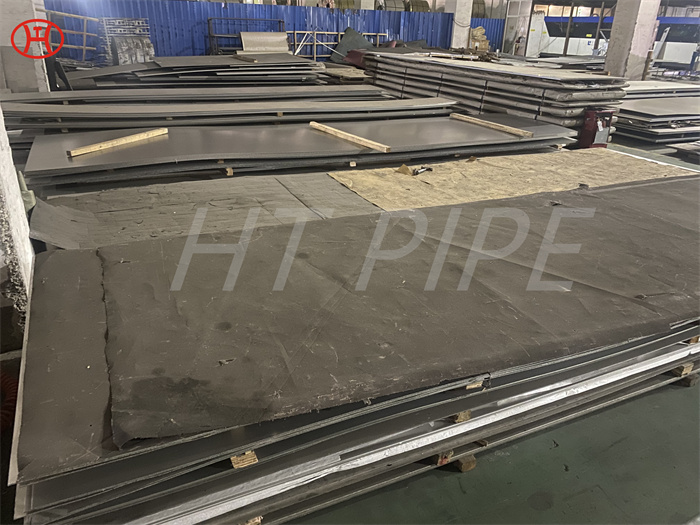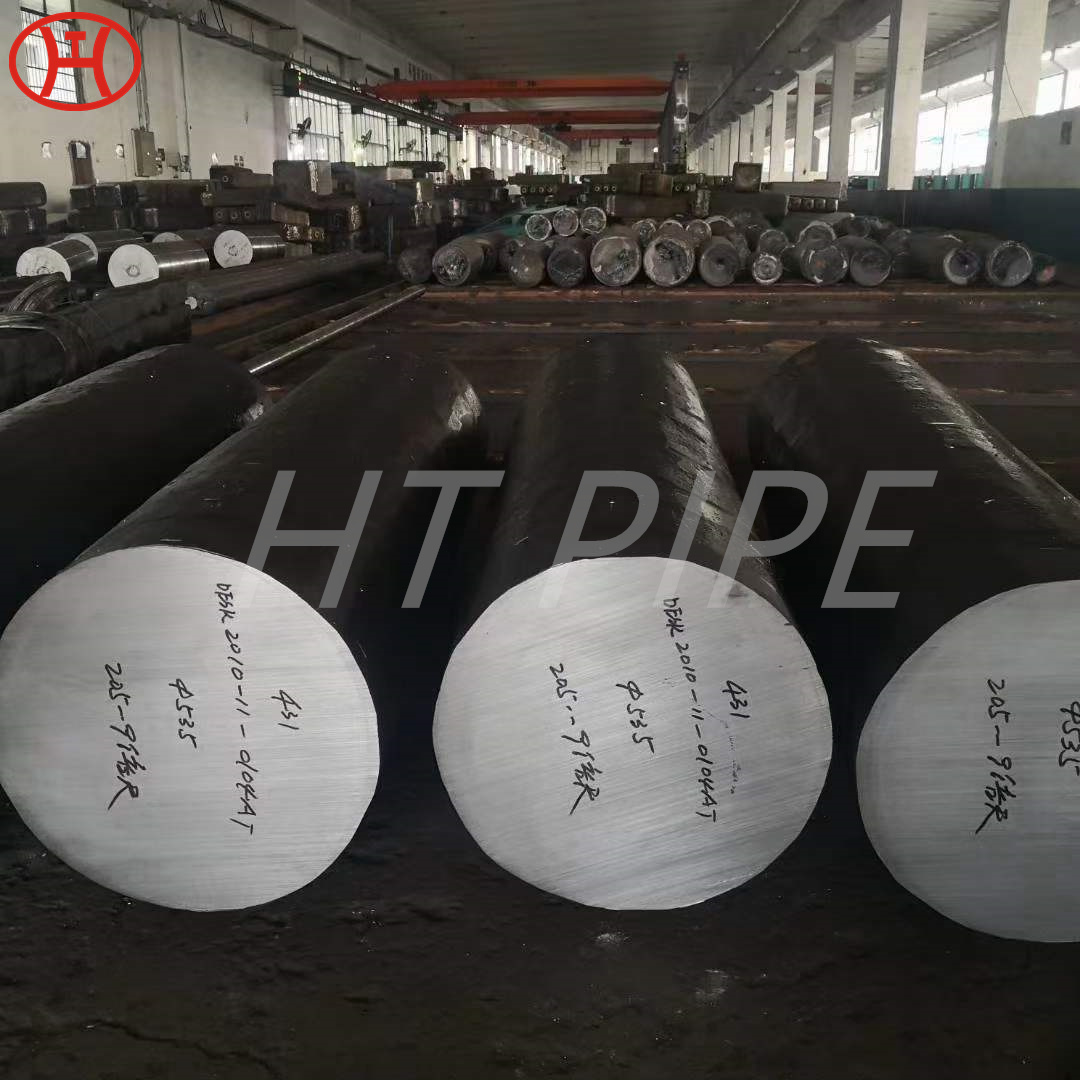Hastelloy B2 Orifice Flanges Suppliers HASTELLOY DIN 2.4602 PADDLE SPACER FLANGES
These Hastelloy B2 Weld Neck Flanges should not be used in oxidizing media or where oxidizing contaminants are available in reducing media.
Hastelloy B2 Flanges is a nickel-molybdenum alloy with significant resistance to reducing environments, such as hydrogen chloride gas and sulfuric, acetic and phosphoric acids. These WNR 2.4617 Flanges also has significant corrosion resistance to reducing environments, excellent resistance to medium-concentrated sulphuric acid and a number of non-oxidizing acids, good resistance to chloride-induced stress-corrosion cracking (SCC), and good resistance to a wide range of organic acids. The heat-affected weld zones have reduced precipitation of carbides and other phases to ensure uniform corrosion resistance. Hastelloy provides resistance to pure sulfuric acid and a number of non-oxidizing acids. The alloy should not be used in oxidizing media or where oxidizing contaminants are available in reducing media. Premature failure may occur if alloy B2 is used where iron or copper is present in a system containing hydrochloric acid.

